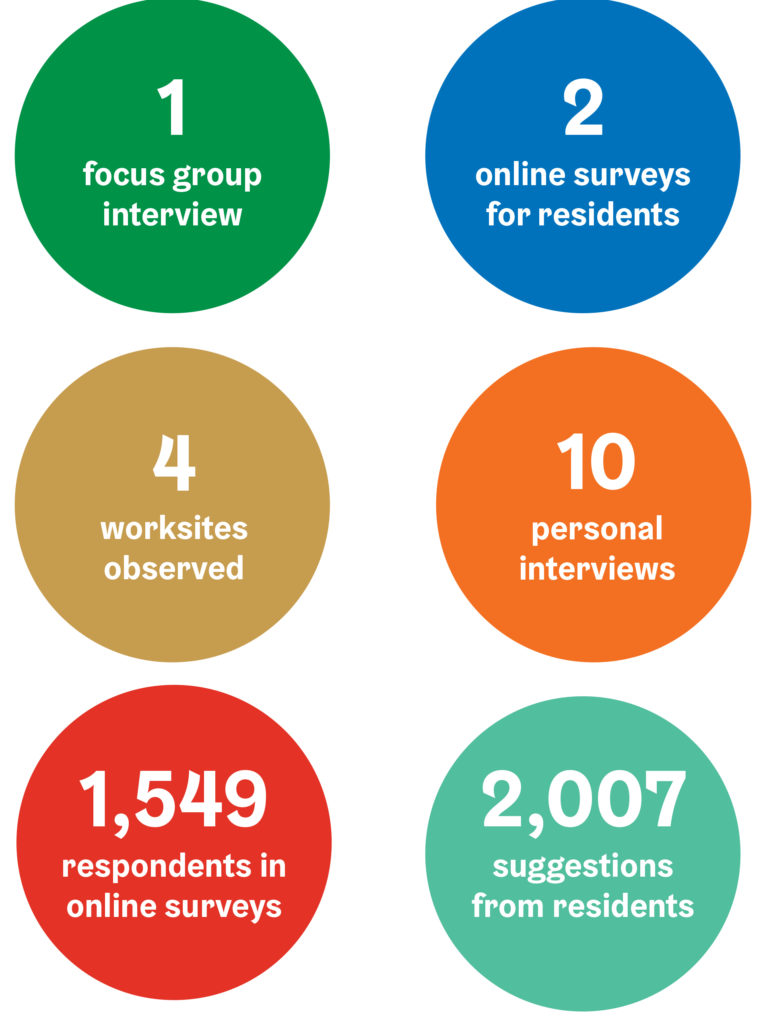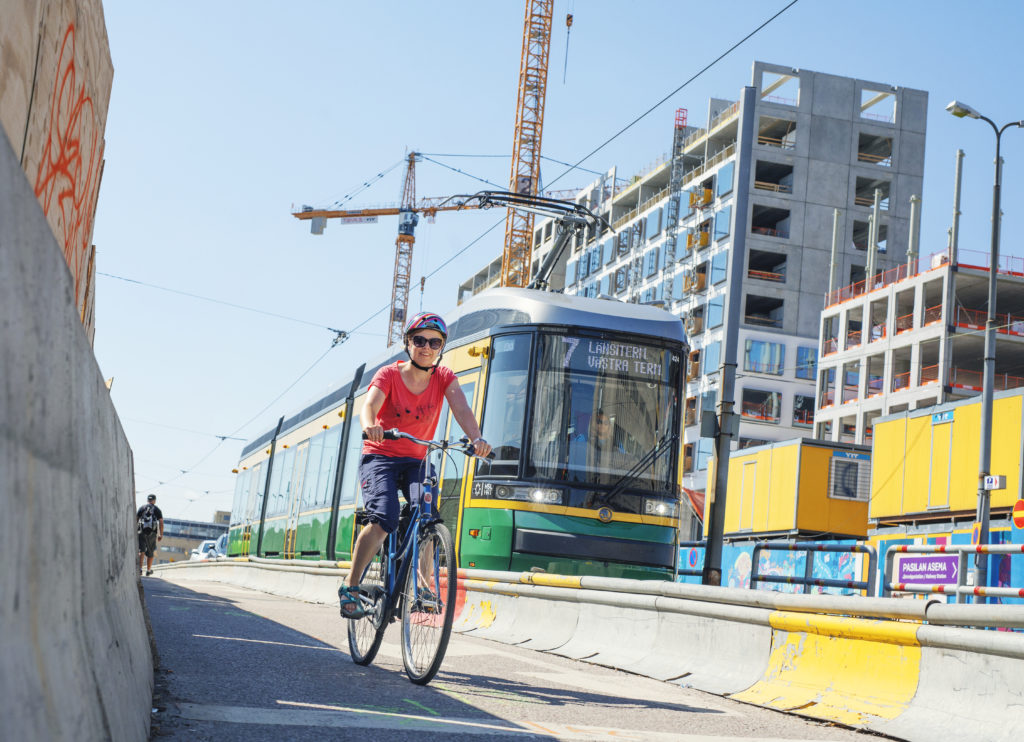The good life of Helsinki residents is founded on a smooth everyday existence and functional services. A core component of a smoothly functioning everyday life is trouble-free transportation and mobility. Large cities are being built and repaired continuously. The inconvenience caused by work sites should be kept to a minimum.
To help reduce the negative impacts of construction sites, a guide for a resident-oriented construction site experience was developed in 2021.
The guide for resident-centric worksite experience provides concrete means for the planning and implementation of resident-friendly worksites.
Helsinki has also carried out other projects aimed at reducing worksite inconveniences and at developing worksite operating methods, such as a study on functional street works and road works with Aalto University in 2020.
Residents recruited to participate in worksite development
The project to improve the worksite experience utilized design methods and was carried out in cooperation with the strategic design agency Pentagon Design. Residents were widely engaged in the development work. The project started with a survey, in which residents were questioned about their experiences and opinions about street and road worksites. The survey received more than 1,300 responses.
The survey was used to determine the main inconveniences caused by street works and road works. They were hard-to-navigate routes, deficient signs, extended travel times due to special arrangements, inadequate communication about the progress of the work, and the length of street works and road works projects.
Respondents were invited to propose improvements, and more than 2,000 proposals were submitted.
The survey was first followed by interviews. Next, the results were analyzed, followed by ideation and the development of concrete proposals for worksites. Proposals were also tested at worksites.

Guide for resident-centric worksites
Surveys, co-creation and experiments produced a guide for resident-centric worksites. The guide gives instructions for taking the perspectives of different users into consideration in worksite arrangements. It defines the criteria for worksite signs, special arrangements and cleanliness, and it lists concrete and proven means to consider all those moving in the vicinity of worksites.
In addition to technical content, the guide instructs users in the needs of local residents and enterprises as well as in communications.
Resident-centric worksites engage residents in the planning and execution of worksite arrangements.
Good methods of engagement include resident juries, online surveys, online discussions on social media platforms, and the utilization of experience experts in the planning of worksites.
The goal is to have worksites cause as little disruption as possible to the everyday lives of residents and to the urban environment. Furthermore, an increasing emphasis should be laid on continuous worksite development on the basis of feedback from residents.
At its best, the resident experience of worksites is positively surprising and successful.
Photo: Lauri Rotko

